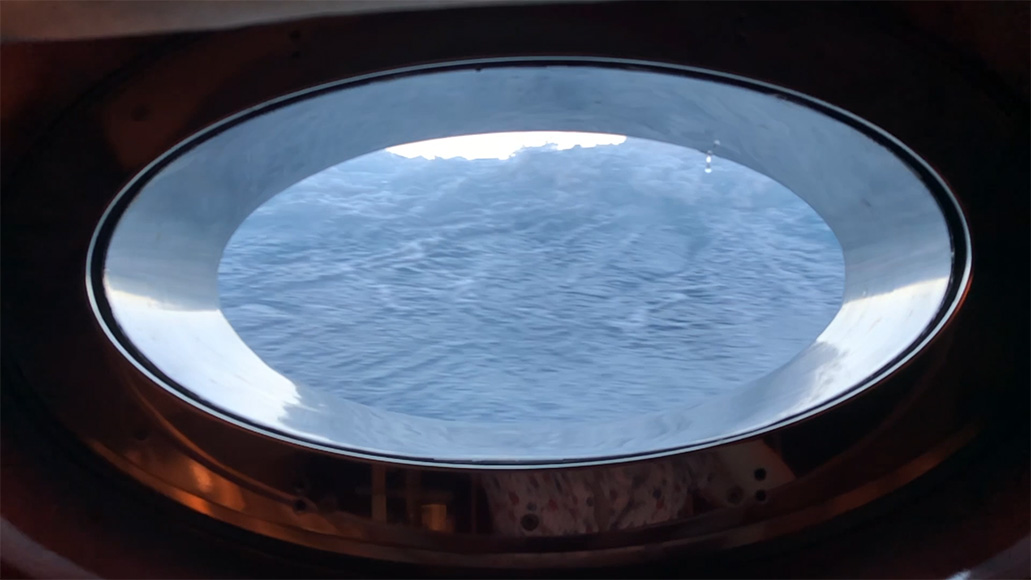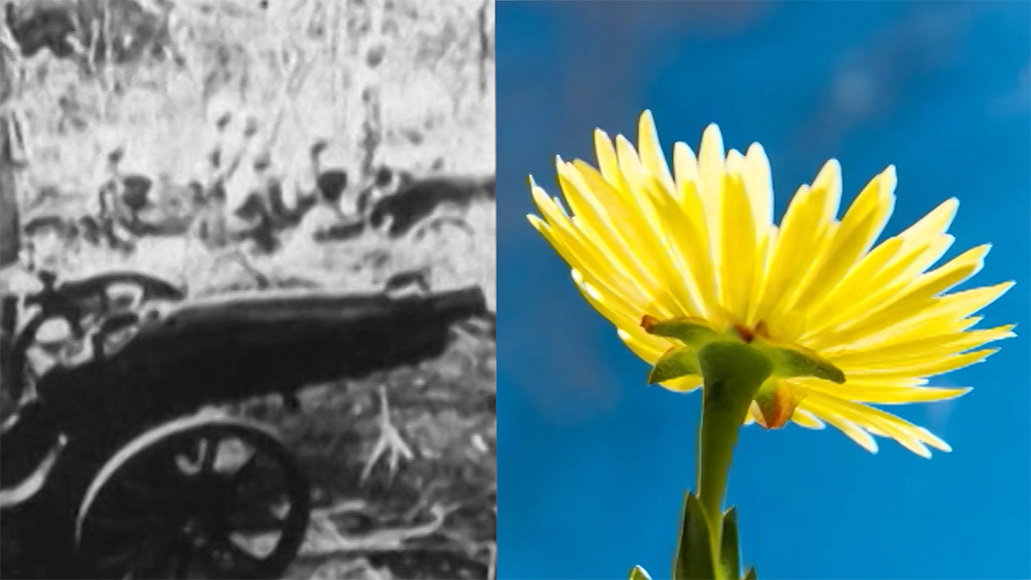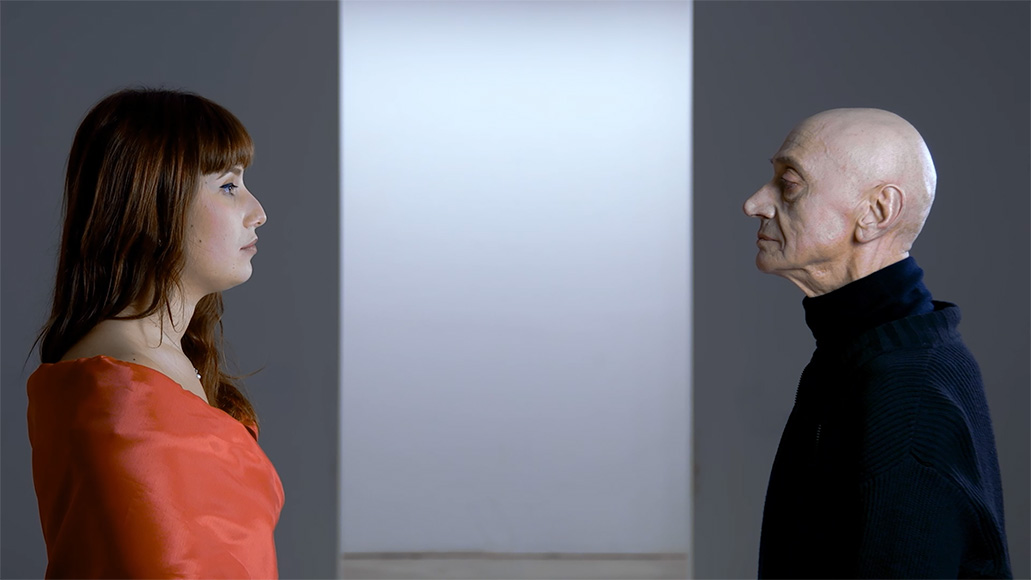Everyday life rarely equates to paradise. But at night – at night we can dream. Everyone needs an escape hatch, somewhere they can go in their mind.
Peter Pan embodies this fantasy of escape and freedom better than anyone else. But Peter is half human, half bird. As adults and real people, we cannot take to the air and fly over a freedom that, once gained, is forever ours. We do not have all the time in the world.
The problem is that sometimes we just forget how children see the world. Having no memory, Peter Pan cannot tell stories – he is the story. This absolute coincidence between him and the present is what lies behind his charm, yet at the same time it is the reason why he does not make a good prototype for an artist. Peter is always frantically seeking new adventures: previous adventures are done and dusted. There are no breaks, no time to reflect on experience. This is why Peter can even forget his beloved Wendy, or the dreaded Captain Crook, without changing his identity in any way.
Peter Pan has some condensed aspects that the British society of the beginning of the 20th century could only imagine in the context of an exotic, childish world. Peter Pan and Neverland seem to embody the artist’s desire to create something totally original, something that can be neither mediatised nor reproduced. It is what Walter Benjamin would later define as the “aura” or “the unique appearance of a distance”. There is nothing nearer, nor yet, at the same time, farther, from each of us, than the child we once were.
Peter Pan, then, is not a paradigm of an artist still in touch with the child’s imagination, as many like to see it. Rather, it is an allegory of a Dionysiac place, governed by the ambiguity of a constantly changing reversal of values and the desire for power of a childishly unconquerable ego, free from any pretence of responsibility. And this is just the place that every artist, if artist they wish to be, must first visit.
For Peter Pan. La nécessité du rêve, we asked our artists to work with the moving image: this precise medium, according to Benjamin, more than any other, achieves total success in eliminating the aura: the distinction between the role of the author and that of the spectator here becomes blurred, as the production and manipulation of images in the age of technical reproducibility is within everyone’s reach.
The distraction caused by the cinema, triggered by the continuous flow of images, which leaves little room for contemplation, parallels the distraction of Peter Pan, whose mental horizon is always occupied by the present adventure. The proliferation of moving images, today as never before, is inextricably linked to a reduction in attention span.
The four moving image installations are intended as a distraction from this initial distraction. We asked each of the artists to work on a theme related to the figure of Peter Pan, representing it with total freedom.
STEPHANIE BLAKE
chose to address the topic of freedom, taken to mean detachment from personal responsibility, and the ability to forget.


DIDIER AND VALENTINE GUILLON
started with the idea of ambivalence, and of the changes of state between the binary oppositions of adult logic.
SILVANO RUBINO
addressed the topic of infinity, circular temporality, and the desire impulse.


ISAO
was allocated the topic of the creative equilibrium in a field defined by anarchic chaos and rigidity of form.

